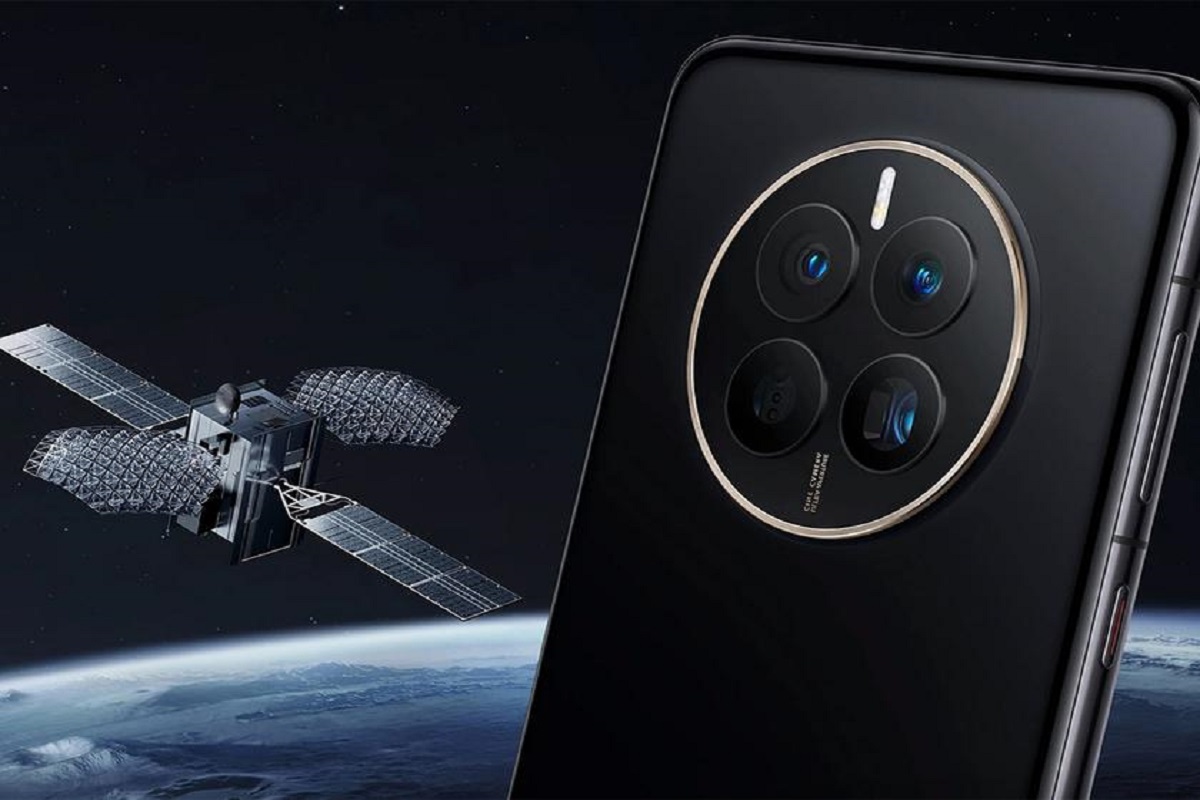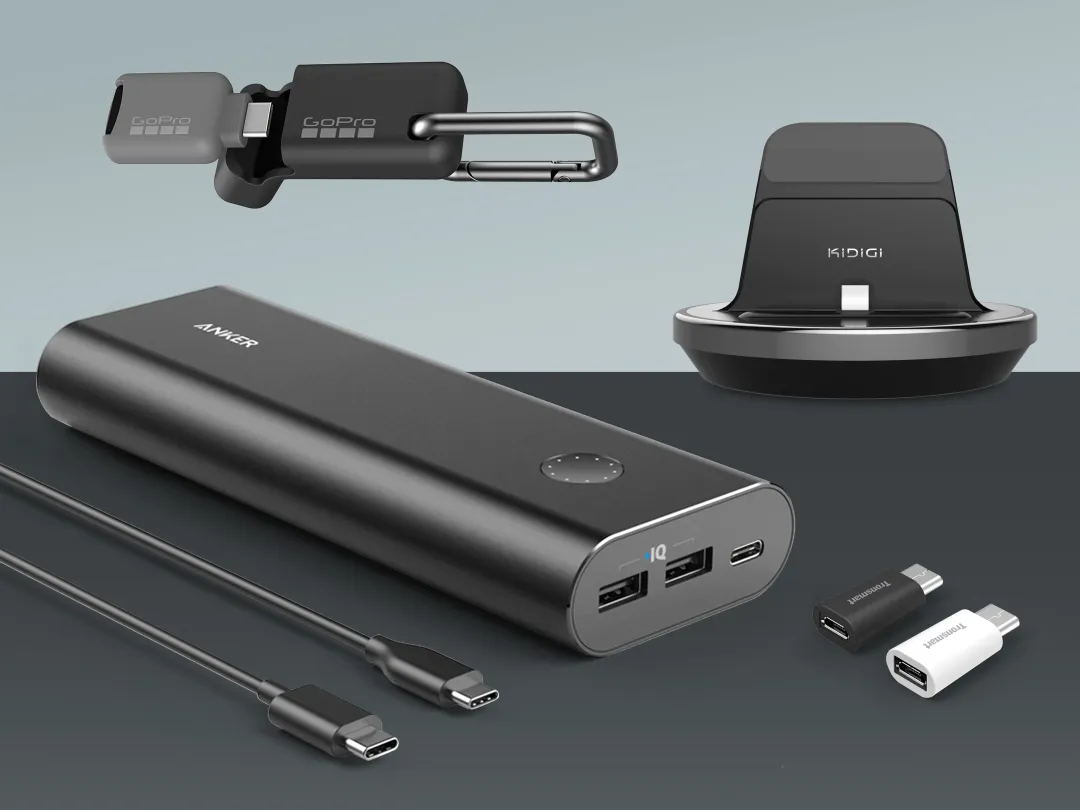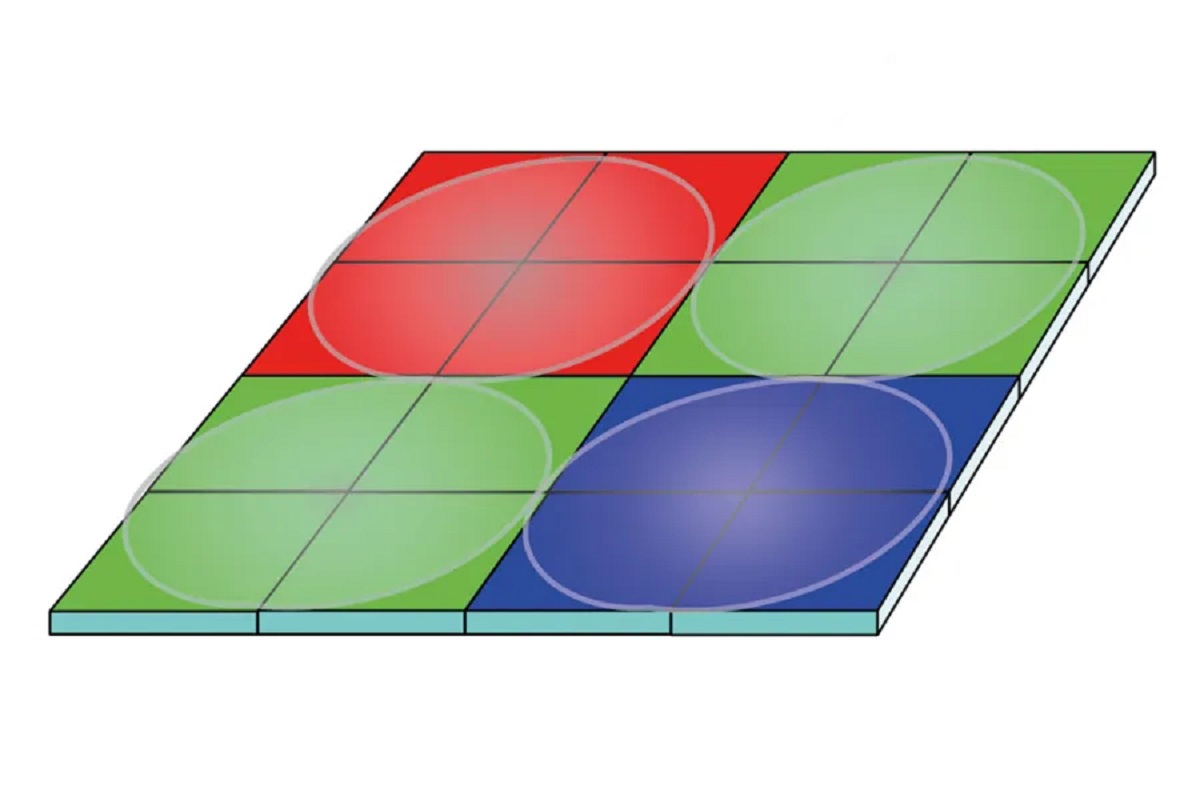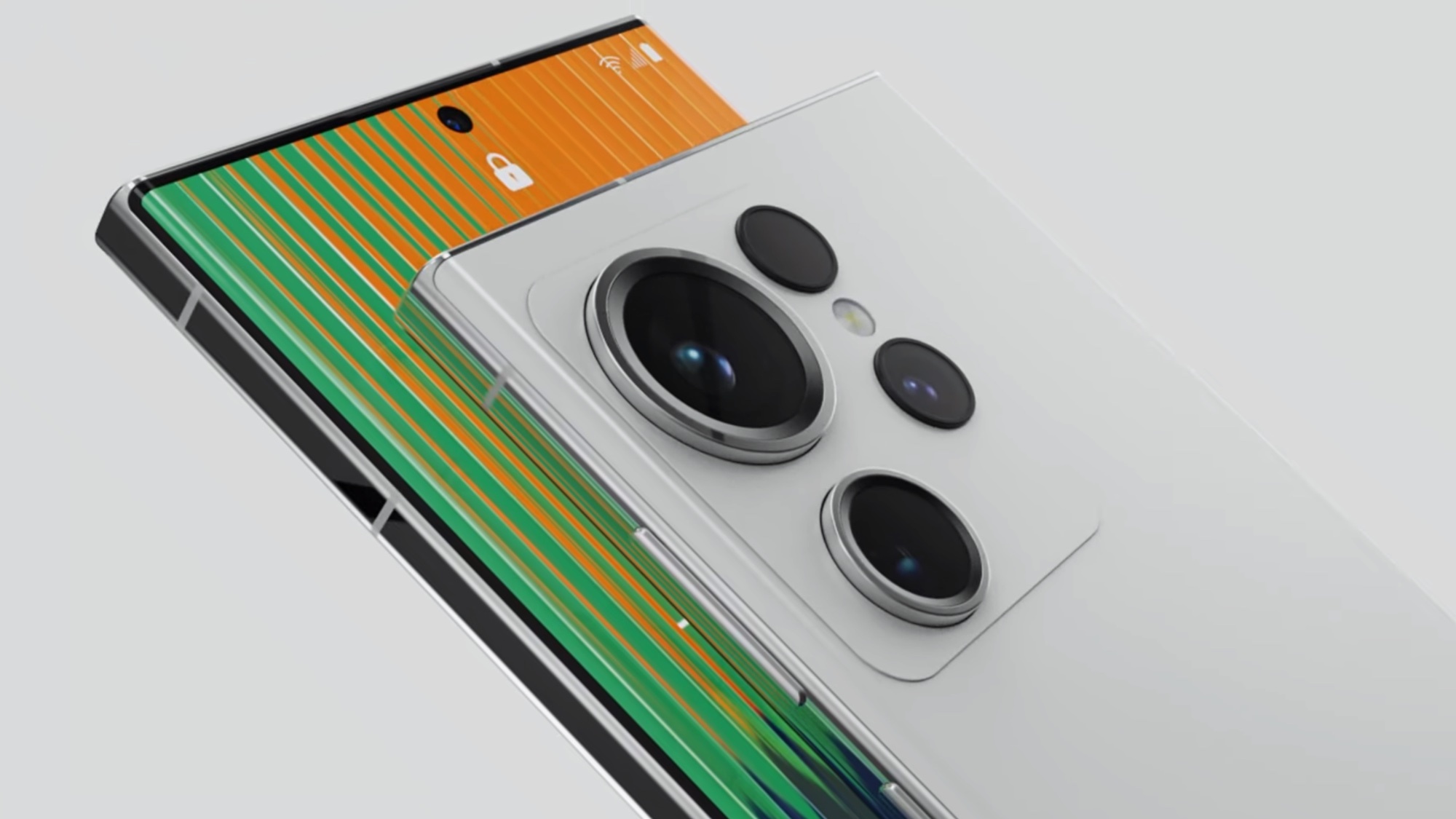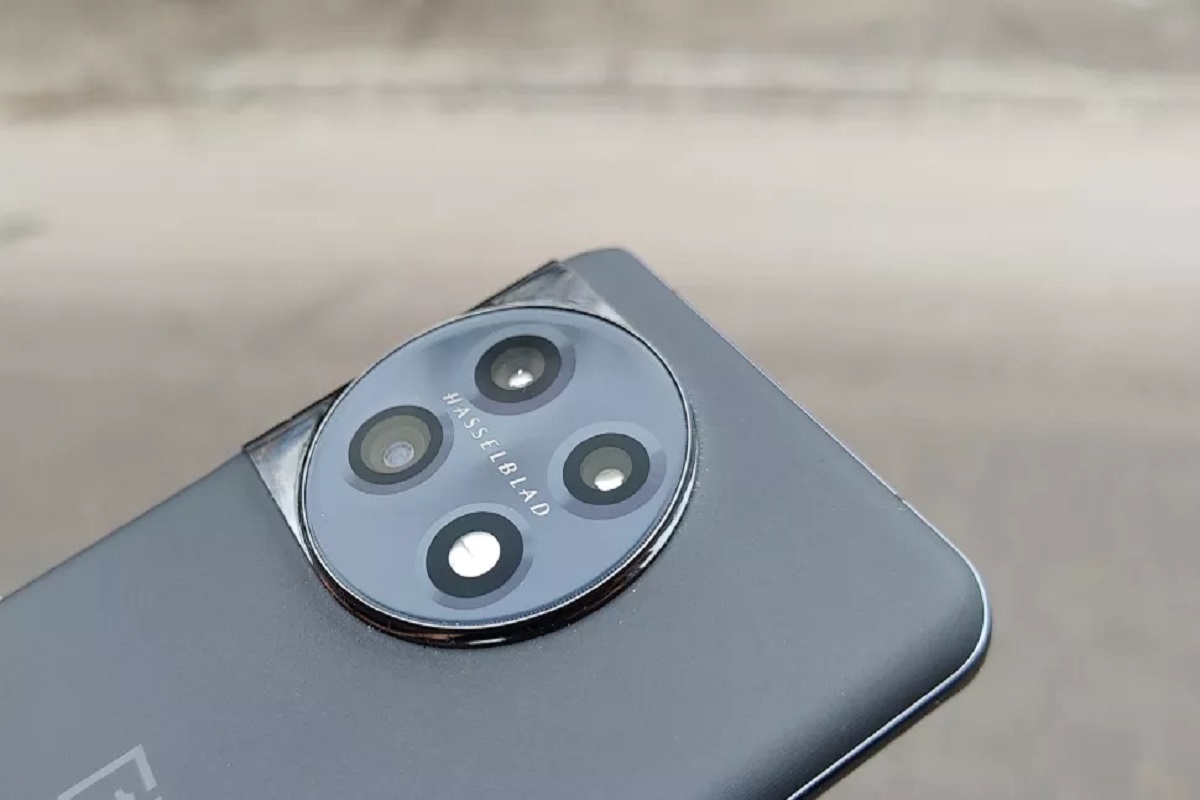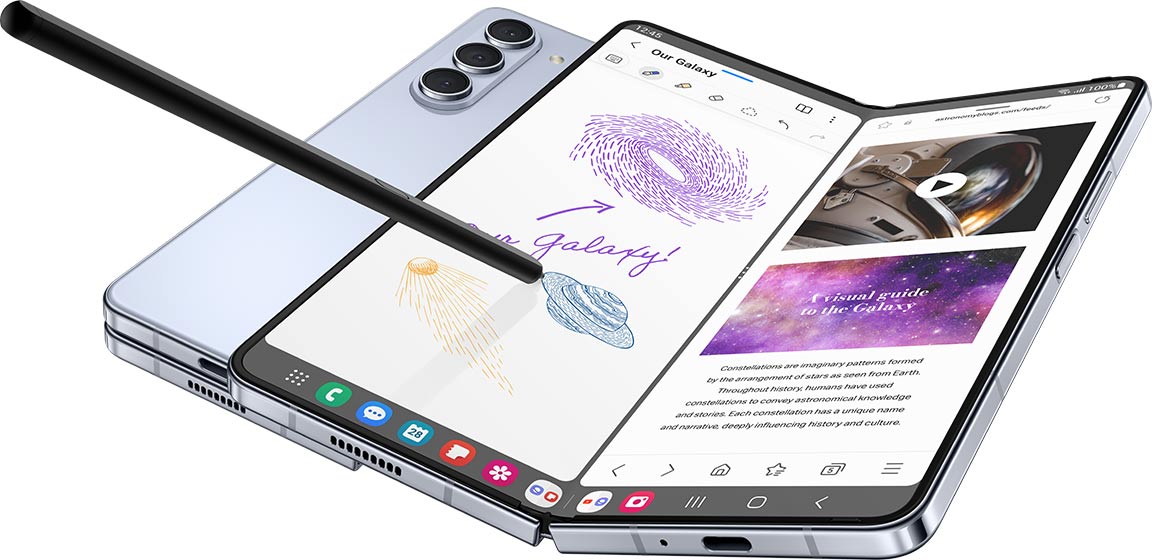Twice a year, Samsung unveils its latest devices at Galaxy Unpacked, showcasing years of research and development that goes into creating innovative gadgets. While we rarely get a glimpse into the manufacturing process, I recently had the unique opportunity to tour Samsung’s “Smart City,” where they build devices like the Galaxy Z Fold 5 and Galaxy Z Flip 5. Join me on this journey as we delve into the impressive world of smartphone production.
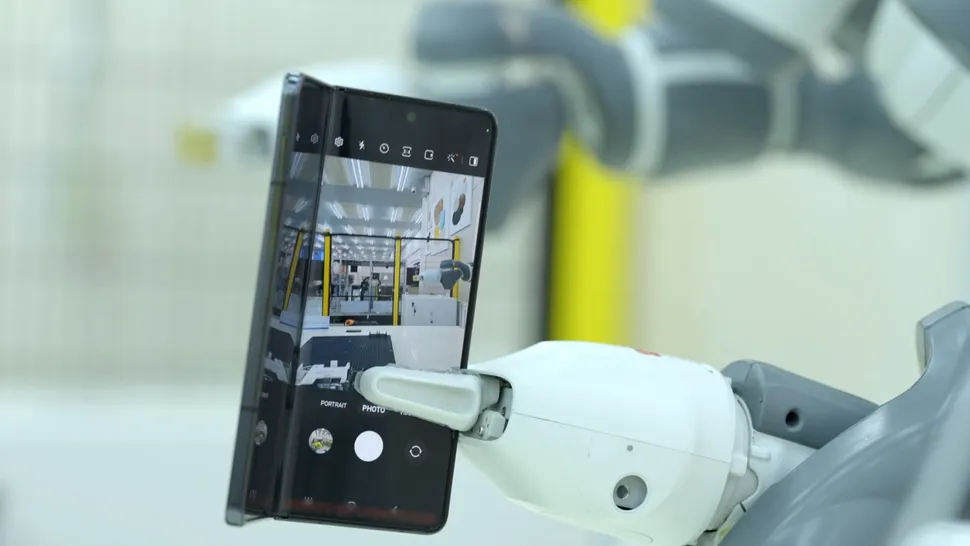
Touring smartphone manufacturing facilities is a rarity, and I was excited to get a firsthand look at how these devices come to life. While I’ve had the chance to visit similar facilities before, this time, I was better prepared with notes and an eager attitude to learn. Let’s explore the incredible processes that enable Samsung to pack so much technology into our pocket-sized devices.
Located in Gumi, a city southeast of Seoul in South Korea, Samsung’s Smart City is a hub of industrial activity. Spread over a significant area, it accommodates multiple campuses, dormitories, a hospital, a school, and various centers for employees. It’s here that Samsung conducts extensive research and development to optimize their manufacturing and assembly processes. With a staggering 6 billion smartphones produced globally across all its factories, Smart City plays a pivotal role in Samsung’s innovation.
The journey through Smart City begins with a walk down memory lane in Samsung’s smartphone museum. Here, a variety of iconic devices, such as the first Galaxy S and the groundbreaking Galaxy Edge, are showcased. An entire room is dedicated to displaying every smartphone model Samsung has ever made, giving an impressive overview of the company’s evolution in mobile technology. As a tech enthusiast, seeing all these devices in one place was truly awe-inspiring.
Our tour took us to a room where cross-sections of the Galaxy Z Fold 5 and Galaxy Z Flip 5 were on display. Each part was meticulously arranged to reveal how components are stacked inside these innovative devices. This served as a sneak peek of what we’d witness later on the assembly line.
The heart of the manufacturing process lies in the assembly line. In Samsung’s Gumi facility, 25 assembly lines work in harmony, with 16 currently operational. These lines not only produce Samsung’s own devices but also cater to other OEMs, highlighting the company’s prowess in contract manufacturing. Walking between two assembly lines assembling the Galaxy S23 Ultra and Galaxy Z Fold 5, I gained a deep appreciation for the complexity and precision involved.
Assembled devices undergo rigorous testing, with various robots conducting inspections. Water resistance tests involve air expansion within the device, while camera parallax correction ensures optimal photo alignment. A low failure rate of 0.7% showcases the quality of Samsung’s manufacturing. While automation has streamlined much of the process, the final packing step still relies on manual labor.
Samsung is on the path to full automation, with plans to automate the entire assembly process by year-end. Despite advancements, certain steps still require human touch. Notably, packing and labeling are steps yet to be fully automated. Still, Samsung’s commitment to automation and optimization is evident in the advanced machinery and robotics employed.
A highlight of the tour was the automation testing lab, where devices are subjected to various conditions and simulations. From accelerated aging to Bluetooth connectivity tests, Samsung’s dedication to real-world scenarios is impressive. Their innovative software tie-ins enhance the testing experience, ensuring devices perform exceptionally even under demanding conditions.
Touring Samsung’s Smart City offered a rare glimpse into the evolution of smartphones. From manufacturing techniques to testing procedures, I witnessed the dedication to innovation that drives Samsung forward. The meticulous attention to detail, commitment to quality, and ongoing pursuit of automation are all evident in the devices that end up in our pockets and on our wrists.
source: androidcentral
